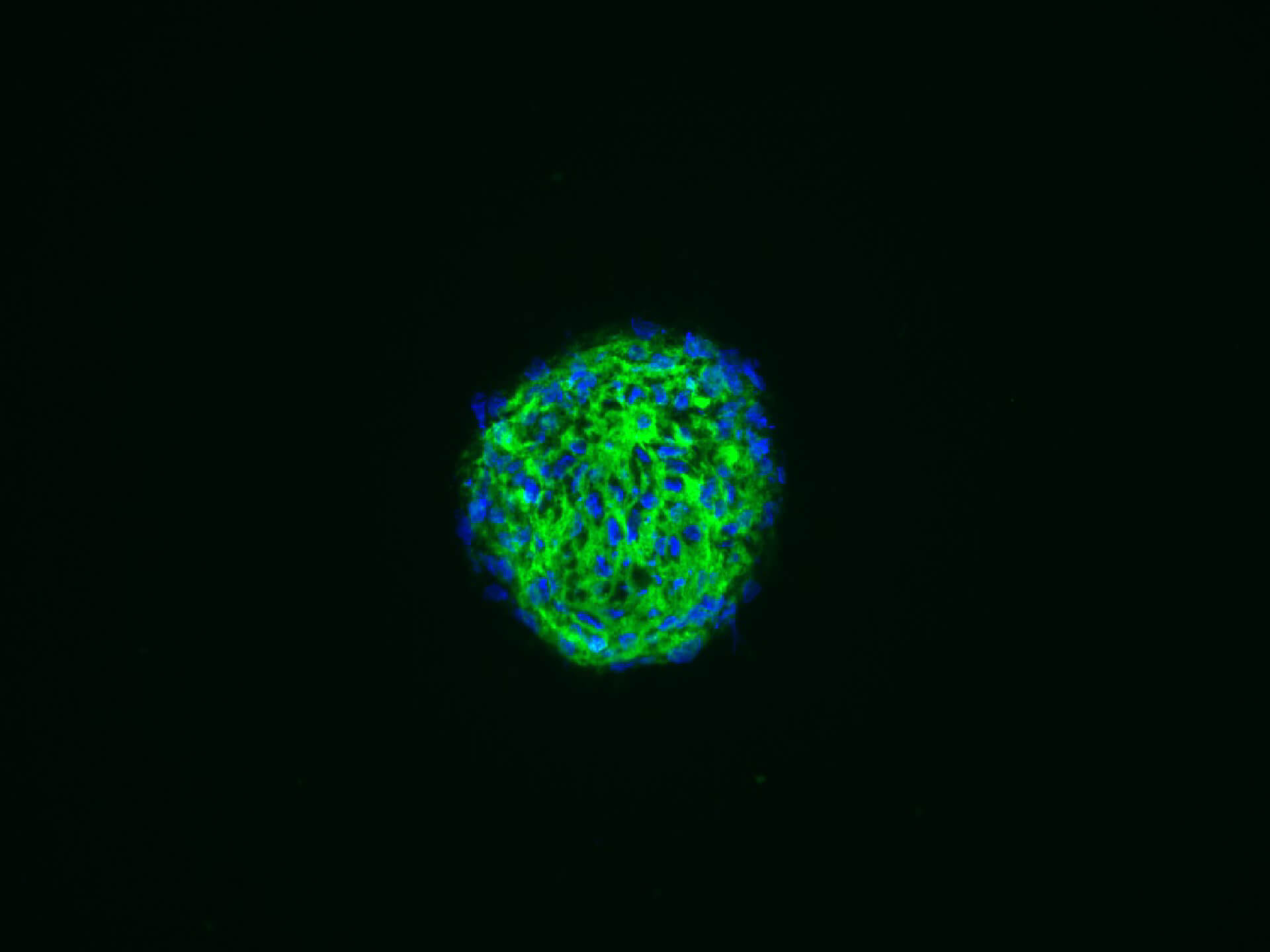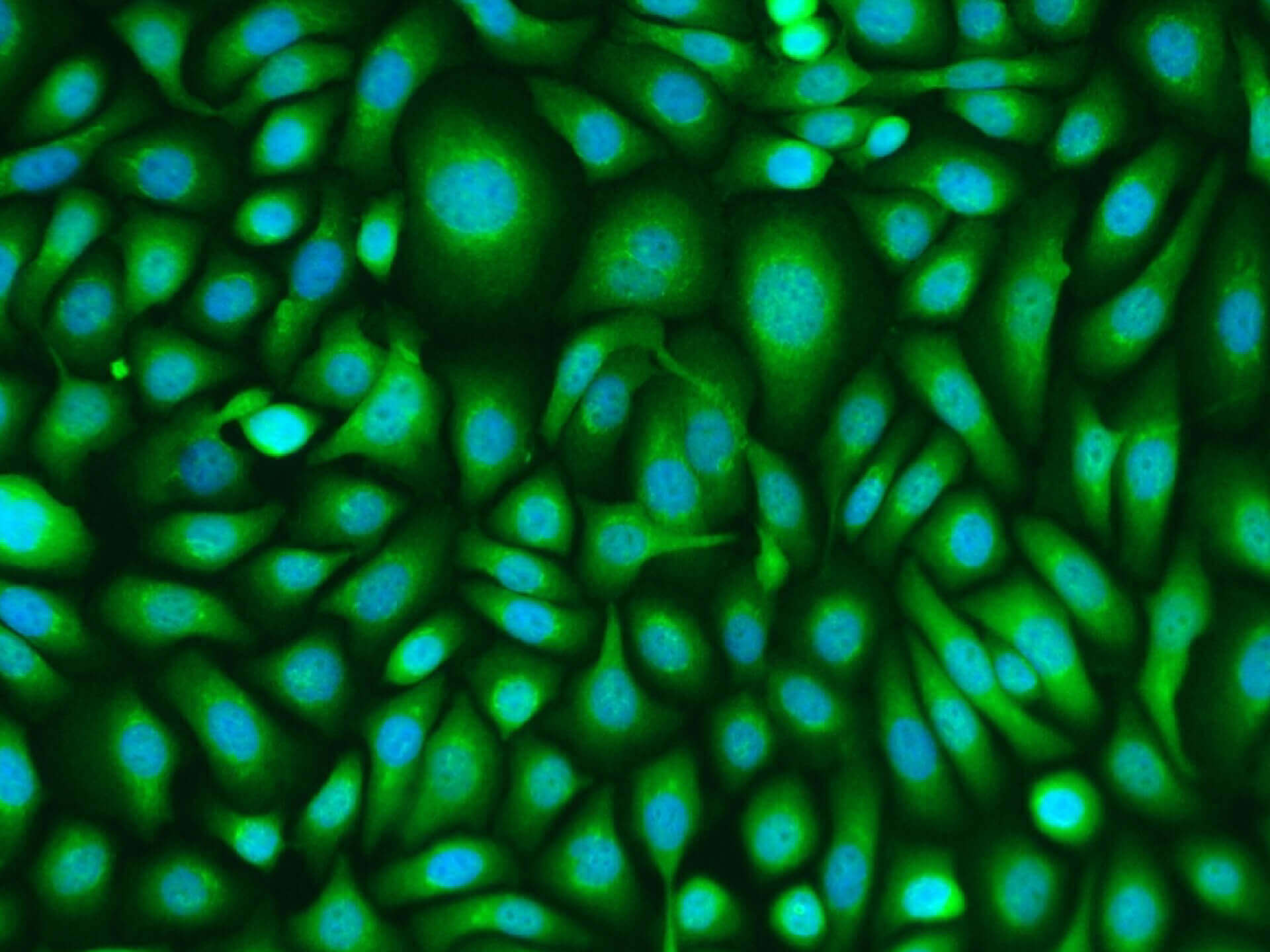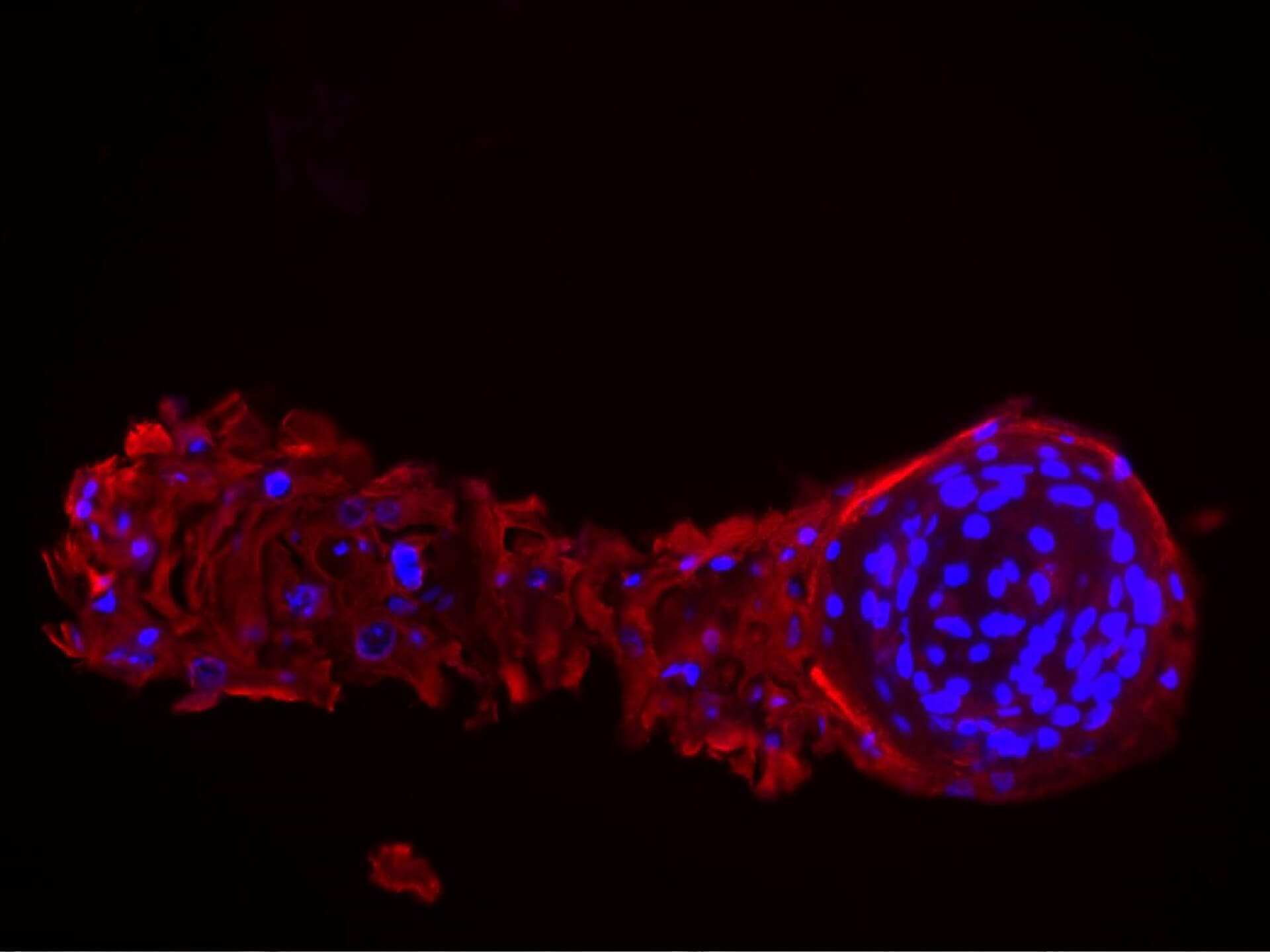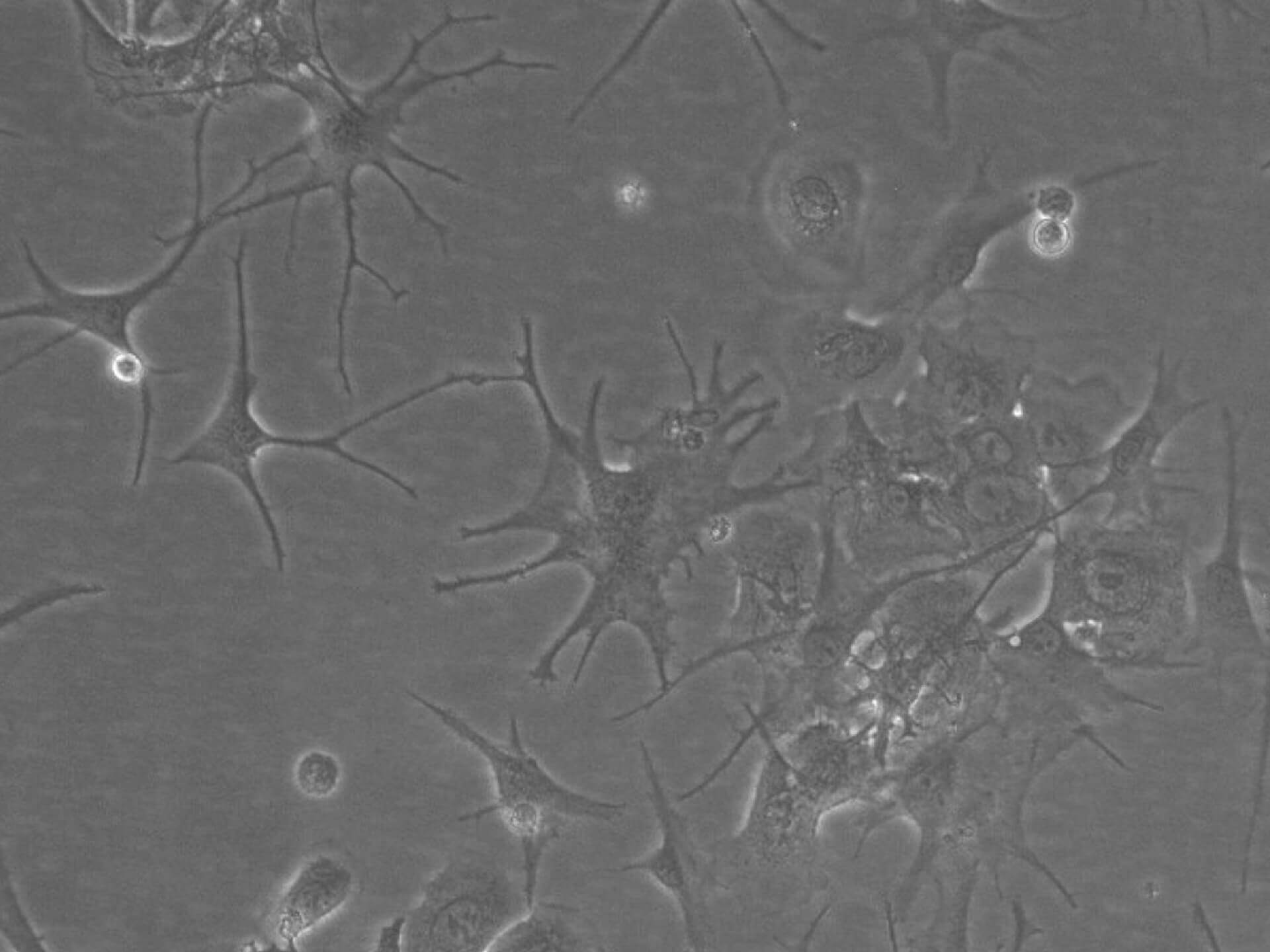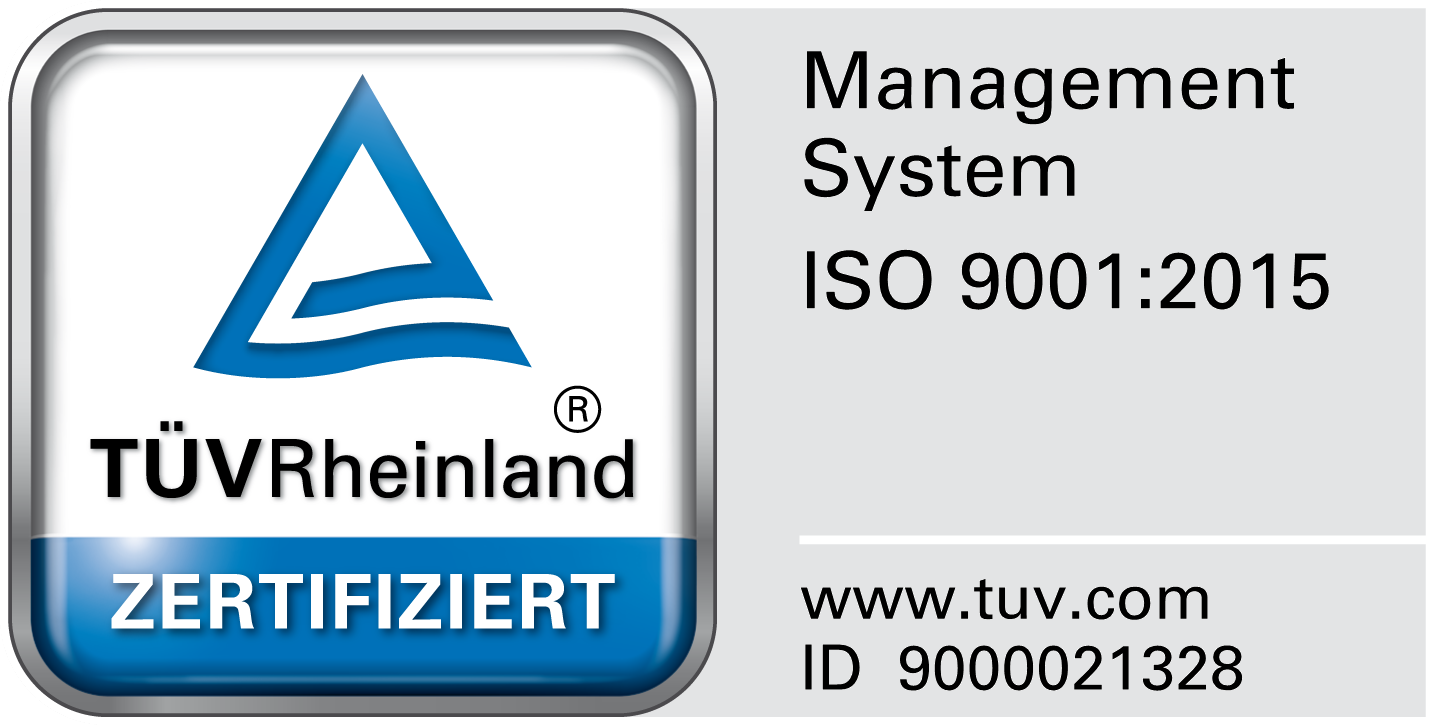2D/3D cell culture model
We have a vast experience in isolating and culturing wide range of primary cell populations from healthy/diseased human skin and hair follicles.
We provide rapid and cost-effective screening of test compounds for cosmeceutical, nutraceutical and therapeutic applications using our established cell line cultures and always consult with clients to recommend endpoints in order to obtain meaningful results. Although time-to-time well established cell lines are used for screening we usually use primary cells. Primary cells can be sourced from specific donors to allow confirmation of results obtained in cell line screening and can further inform compound safety and mode of action studies before application in ex vivo models.
We also provide 2D co-culture models of cell lines to understand compound action on two or more cell populations (e.g. keratinocyte and mesenchyme interactions) and 3D in vitro systems that can mimic some of the complex interactions within the skin and hair follicle. Monolayer cell line culture is also amenable to higher throughput screening applications. 2D and 3D in vitro models can be also established based on clients need.
Human cell lines
Well-established cell line (HaCaT, i.e. epidermal keratinocyte) represents the first stage of our pre-clinical pipeline services for selecting promising test compounds, and/or narrow down optimal working concentrations for the screening in ex vivo models. We recommend using this service where more than five compounds are to be tested, or for mechanistic studies to identify target pathways.
In addition, our sister companies in QIMA Life Sciences provide sebocyte cell lines.
Human primary cells
We use human primary cells for follow-on studies after the completion of the compound testing in our cell lines (2nd stage pre-clinical pipeline services). The main advantage of this approach is that the cultured primary cells from different donors can be used to confirm results obtained using human cell lines, and expand the screening to other cell types. These in vitro assays provide valuable data for selecting promising test compounds, and/or narrow down optimal working concentrations for the screening in ex vivo models.
We recommend using this service where more than five compounds are to be tested, or for mechanistic studies to identify target pathways. In addition, we have the expertise to culture primary cells derived from patients with skin or hair diseases that can be applied for lead compound screenings.
Currently available primary human skin cell cultures:
2D co-culture models
Our cell lines and primary cells can be incorporated into 2D co-culture models to investigate mechanism of action of test compounds on two or more cell populations (e.g. keratinocytes and fibroblasts to study epithelial-mesenchymal interactions, and in collaboration with QIMA Life Sciences e.g. keratinocytes-melanocytes to study melanosome transfer, and motoneurons-muscle cells). These models represent the most cost-effective method to investigate early-stage compounds for cosmeceutical, nutraceutical and therapeutic applications in the skin and hair follicle.
These models are highly customizable based on our client’s projects. We suggest touse this service where more than five compounds need to be tested or for mechanistic studies to identify target pathways.
3D human skin and hair follicle models
Our state-of-art 3D in vitro models mimic some of the complex interaction mechanisms occurring within the skin and hair follicle. They represent more complex cell-cell and cell-matrix interactions than the 2D co-culture models. These 3D models can be customized and our wide range of human cell lines and primary cells can be utilized to build the 3D models based on our clients need. For specific cell population, we indeed suggest to employ 3D systems as first line of screening, e.g. human dermal papilla fibroblasts.
We recommend this service where more than five compounds need to be tested or for mechanistic studies to identify target pathways. Lead candidates obtained from these in vitro studies can be further examined in our ex vivo hair and skin organ culture models.
Currently available 3D models:
Selected publications
Quick Connect
Get in touch with us for inquiries and more information


